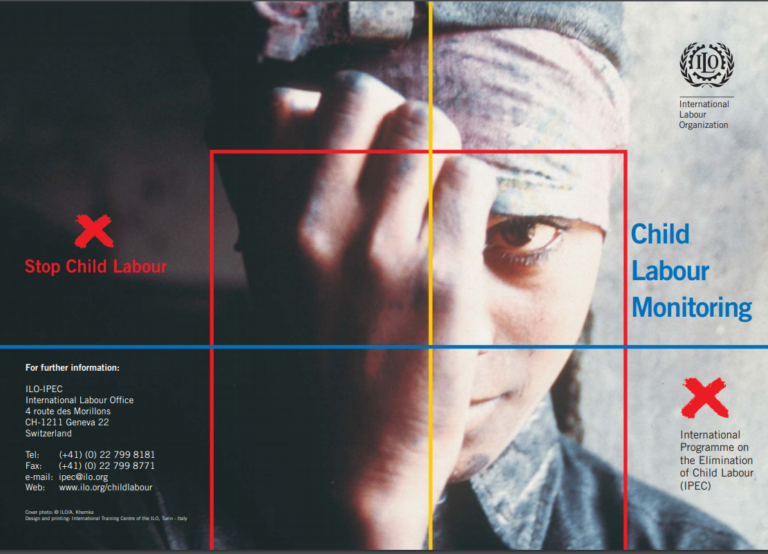2018 Food and Beverage Benchmark Findings Report
PublicationsExecutive Summary The risk of forced labour is pervasive across today’s food and beverage supply chains: from tea pickers on tea estates to crew members on fishing vessels and labourers on cattle and poultry ranches, cocoa farms, and rice mills. ...Read More

